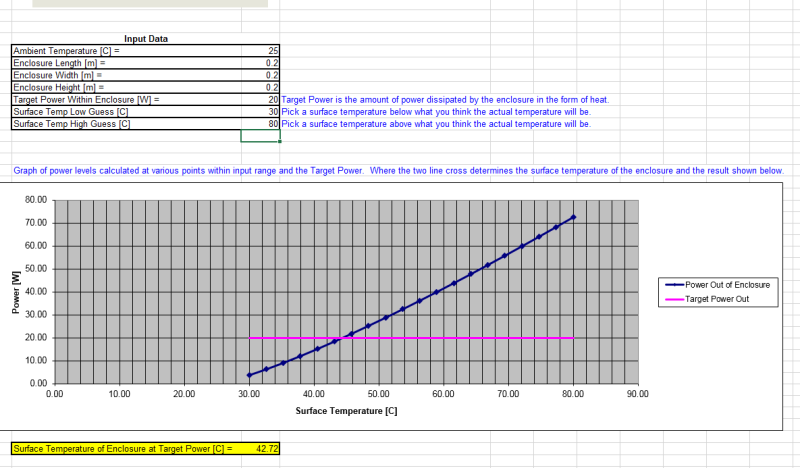Alan_VA
Marine/Ocean
- Dec 1, 2016
- 4
I have a problem which should be fairly simple, but which is beating me up pretty severely. Situation: A static water-filled insulated pipe sitting in the sun. I'm trying to determine the change in water temperature when subjected to a known cycle of air temperature and solar radiation. I have read thru several threads on similar topics here at Eng-Tips. The problem with the prior solutions is that all presume that the temperature of the water is a known value; very similar to most heat transfer problems that are concerned with calculating the heat flow required to maintain a given environmental condition.
This problem has two unknowns, water temperature (Tw) and temperature of the insulation outer surface (To), with Tair, the insolation, and the physical properties known. I can't figure out how to build another relation between Tw and To. Thoughts?
Alan
This problem has two unknowns, water temperature (Tw) and temperature of the insulation outer surface (To), with Tair, the insolation, and the physical properties known. I can't figure out how to build another relation between Tw and To. Thoughts?
Alan

